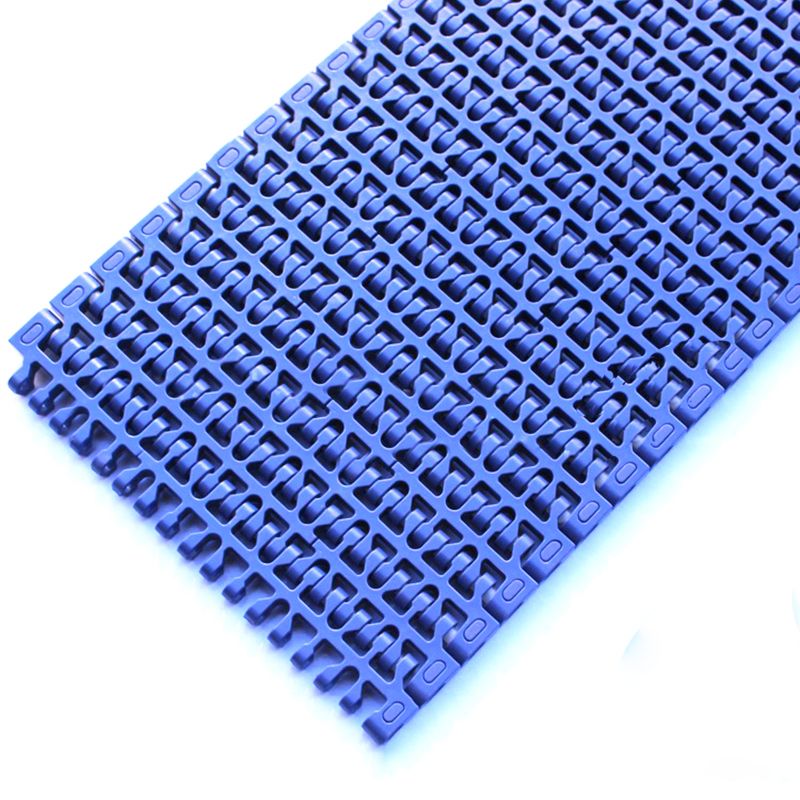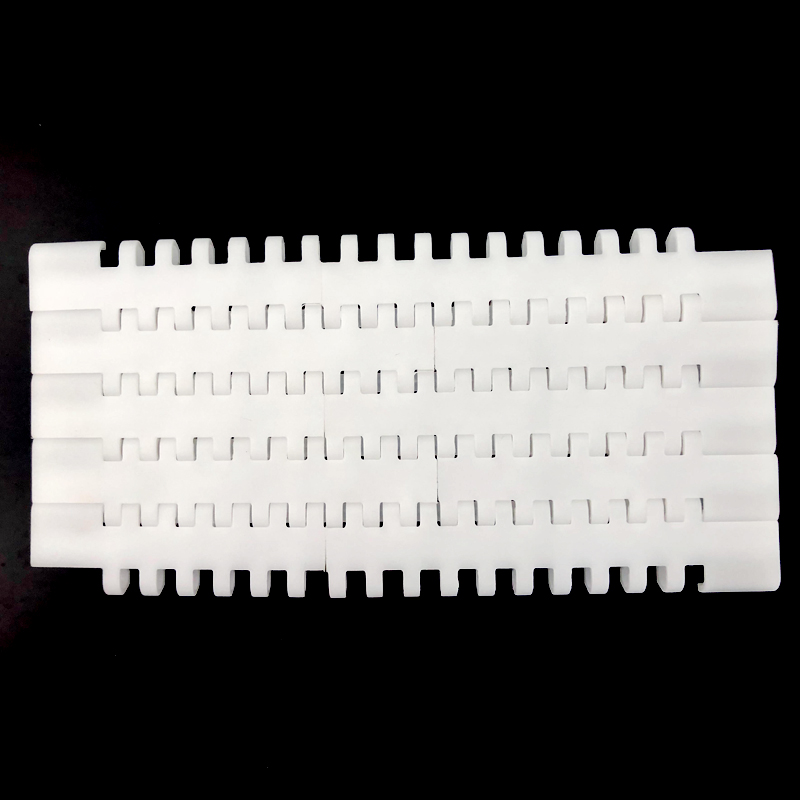Recent years have ushered in new e-bike drive systems that are doing away with the chain completely. Ultra efficient and quiet systems, particularly those like the Gates Carbon Drive belt are now extremely popular among e-bikes. There's also been a move towards internal gearing, and perhaps even more interestingly, so-called "digital drives" that completely do away with a mechanical connection between the pedals and wheels.
That being said, there's yet another e-bike drive concept being proposed to us by Driven Technologies. It's called the Orbit Drive, and instead of using a chain, belt, or electrical wires, it makes use of a drive shaft. Even more interestingly, it makes use of a continuously variable automatic transmission constructed with bevel planetary gears – hence the name "Orbit Drive." The idea is certainly nothing new in the automotive world, but definitely unique when it comes to electric bicycles. Furthermore, the system is claimed to be capable of riding in excess of 10,000 miles (16,000 kilometers) without any maintenance. Flexible Chains

In the Orbit Drive, the rider's pedal stroke – or in the case of electric bikes, the motor – would transfer power to the rear wheel through a drive shaft that's completely hidden within the bike's frame. Similar to a chain or belt-driven system, there can also be a manual mode, allowing cyclists to pedal without the assistance of a motor.
In terms of efficiency, Driven Technologies claims that the Orbit Drive can return upwards of 85 percent efficiency, which is more than likely aided by regenerative braking. For reference, the company claims that this is much more efficient than any standard e-bike motor on the market today. On top of that, Driven also plans to offer the Orbit Drive in standard chain-driven and belt-driven configurations.
That being said, such nuanced technology isn't without its pitfalls. A major disadvantage of a system like this is that repairs and maintenance will definitely be less straightforward than a standard chain and derailleur system. Sure, the company claims that it's maintenance-free up to 10,000 miles, and that's cool and all until it isn't.
The fact of the matter is that mechanical and electrical components sometimes fail prematurely, and if that happens to a system as complex and proprietary as this, customers not only risk ending up being stranded on the side of the road, but also have no other recourse than to bring it to an authorized specialist for repairs. Nevertheless, should this tech catch on in the future, it could give birth to even more options in an already expansive e-bike market.
Sources: Cycling Electric, BikeRumor, E-Bike News

Cross Clamp Get upfront price offers on local inventory.